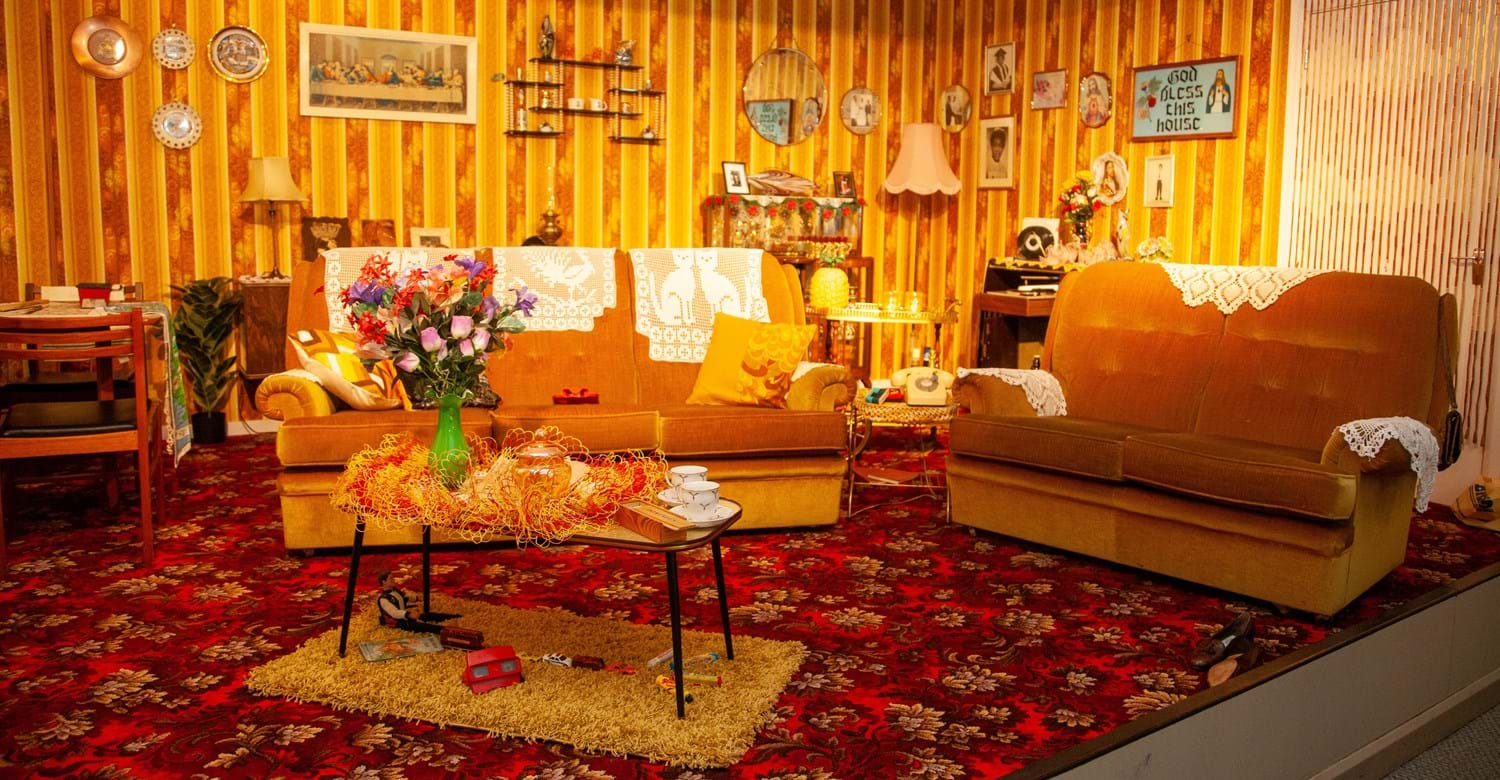The other week I went to visit the Museum of the Home in Hoxton. I’ve wanted to visit it for a long time. In fact, I’ve wanted to visit it for so long that when I originally planned to visit it, it was still called The Geffrye Museum.
Presumably, the change in name stems from the fact that Robert Geffrye, former Lord Mayor of London, president of the Bridewell and Bethlam institutes and described in his memorial as ‘exemplary in charity, virtue and goodness” was a slave trader. It’s also likely that the change is because it’s hard to know what a Geffrye Museum is, but a Museum of the Home is a much clearer title.
It’s this very focus on home, and the many different things home has meant to people, Londoners in particular, that makes the museum special. There are some stand-out objects within the museum, such as John Evelyn’s cabinet of curiosities, which are unique, but the real highlight of the museum are the collections of ordinary, often mass produced items that have helped people make their houses into homes throughout history.
It starts conceptually, with the question ‘what is a home?’. There are photos and videos of modern Londoners sharing all the different kinds of home, whether they be shared houses, family houses, bedsits or hostels. These are compared with the servant’s box - the only space in a house private for a servant, a lockable wooden crate containing their things. From there, the rooms talk about personal touches, private memories and objects, conceptions of comfort - always comparing different time periods. The impression is that of comparison and recognition, although the stiff-backed Victorian chair may not seem like comfort to a modern person, for a woman in structured clothing, it helped ease the weight.
There’s a wonderful vein of same but different. Eighteenth Century fish counters are displayed alongside a game of Frustration, with a playable SNES next to that. A wooden pipe, of the kind that supplied water to Londoners, sits next to a kitchen sink. A selection of books ranges from Dan Brown to The Reformed Coquette by Mary Davys. (There’s also a copy of Nivelon’s The Rudiments of Genteel Behaviour.) It’s this that makes the museum truly inclusive, reminding all visitors of their basic domestic needs and pleasures, and showing the different ways they have been addressed.
After the thematic section, there runs a series of galleries that show a central living room chronologically. Here a living space in constructed with a story, as if the people are invisible ghosts or have just walked out the room, allowing visitors to see how a room looked and functioned. This is the more famous part of the museum and the part I most wanted to see but I was actually more moved by the earlier parts. I think it was because each living space was roped off and felt like a tableau. While the earlier galleries has lots of objects to touch and cases that encourage to move around the room, the tableaus are arranged in a straight line which can be quickly looked at and marched past. Though one little boy while I was there is obviously a regular visitor because he loves to sit and stare at the pretend ‘crackling fire’. Something he was keen to show me.
As the homes become more modern, the stories they are based on become less homogenous. The earlier tableaus are all based on heterosexual families of British heritage but the 90s flat is based around a gay couple who have been protesting against section 28 and the 70s living room shows a family with origins in St Vincent. The 70s living room is hideous, but that’s not because of the St Vincent connection, but because it was in the 70s.
The Museum of the Home is free and fascinating and definitely worth a look, I just wish I could have walked through those living rooms instead of past them.



No comments:
Post a Comment